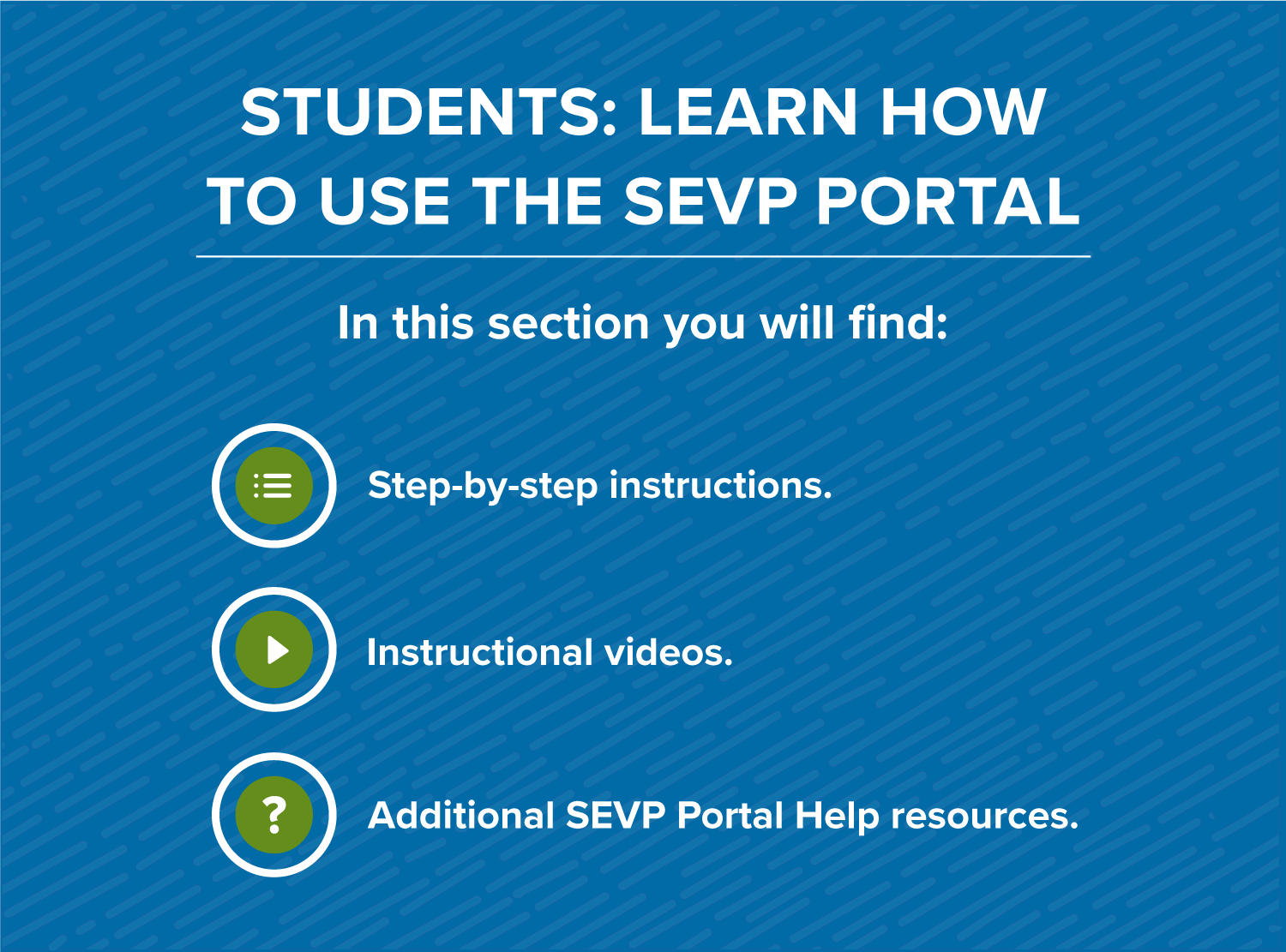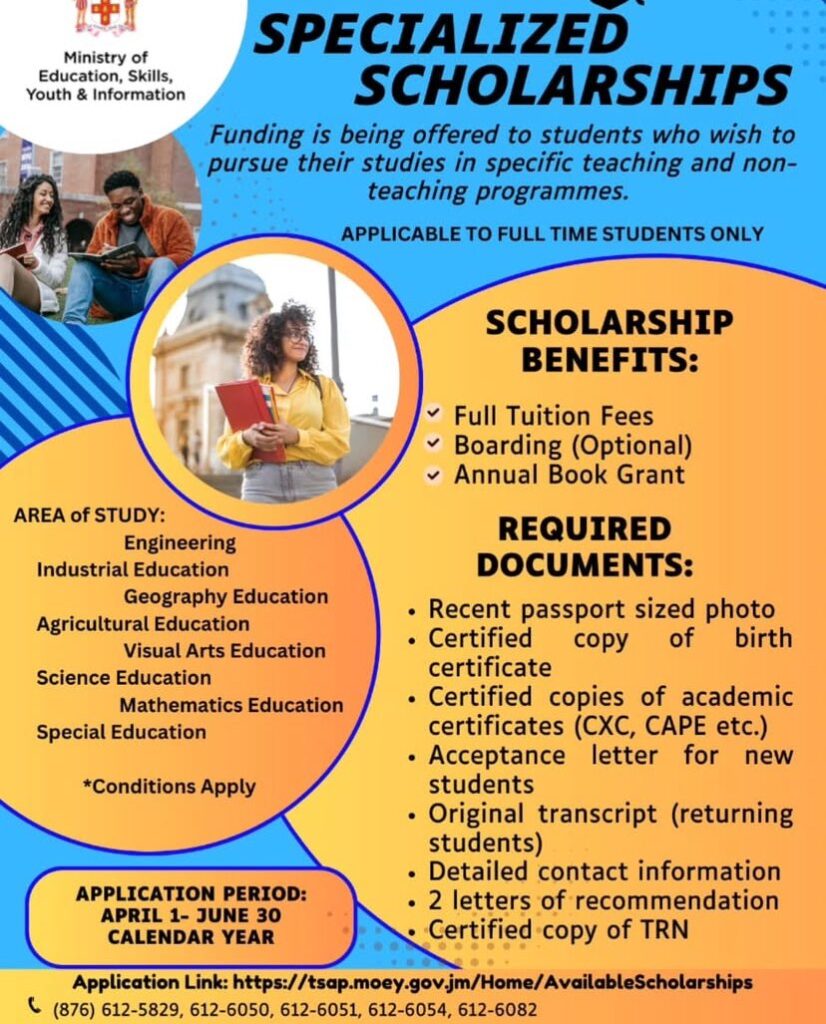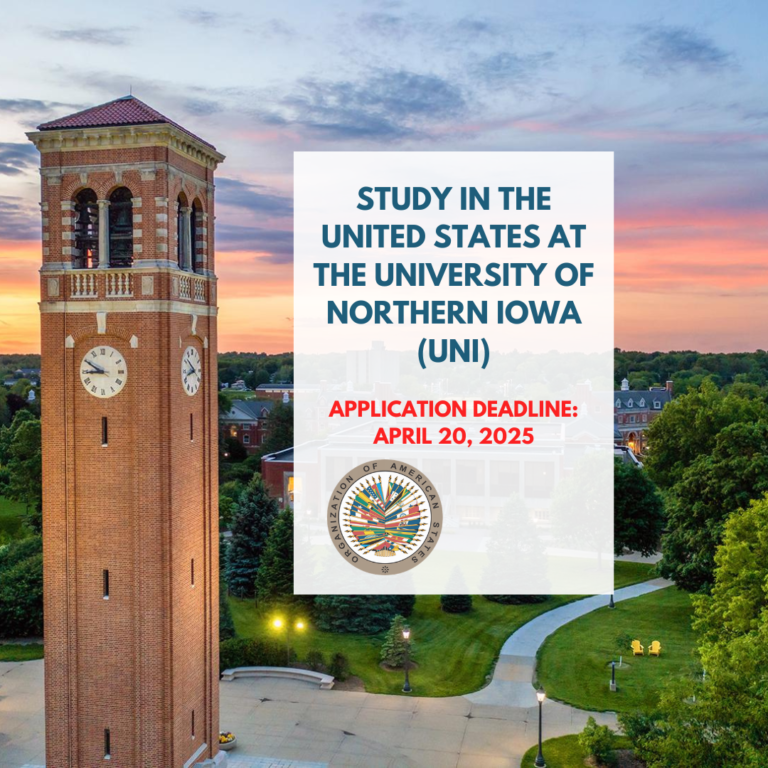
The Department of Homeland Security (DHS) delegated the school certification process to U.S. Immigration and Customs Enforcement (ICE), and ICE assigned this responsibility to its Student and Exchange Visitor Program (SEVP).
SEVP certification allows institutions to issue Forms I-20, “Certificate of Eligibility for Nonimmigrant Student Status,” to prospective international students after admitting them for a program of study. Prospective international students then use the Form I-20 to apply for a visa to enter the United States.
SEVP certification also authorizes the institution to enroll these international students after they enter the United States on an F or M student visa. Schools may petition to enroll:
- Only F students (i.e., academic students).
- Only M students (i.e., vocational students).
- Both F and M students, if the school has both academic and vocational courses of study.
SEVP Eligibility
SEVP’s governing regulations for school certification are found in 8 CFR 214.3(a)(2). These regulations stipulate the types of academic and vocational programs that are eligible to petition for SEVP certification. Listed below are the types of institutions eligible to petition for SEVP certification, as well as a list of school types that are ineligible for SEVP certification.
Certification Responsibilities
In obtaining SEVP certification, a school makes a legally binding commitment to comply with applicable federal laws, regulations and DHS requirements. School officials should carefully consider the decision to petition for certification. It is a business decision that requires a financial commitment, significant personnel commitment and strict adherence to reporting and record keeping requirements. School officials should consider this decision within the context of the school’s strategic direction, long-term planning and ability to conform to regulatory requirements.
SEVP-certified schools accept certain reporting obligations:
- The PDSO must update the Form I-17 when material changes occur (e.g., a change of mailing address, change of leadership, etc.).
- The PDSO or a DSO at an SEVP-certified school must regularly register student records in SEVIS and report changes in student information (e.g., student address and employment information, etc.).
- SEVP may conduct an on-site review at any time.
- Schools must apply for recertification every two years.
Certification Process of the SEVP
Student and Exchange Visitor Program (SEVP) certification is the result of an adjudication process that includes a review of the Form I-17, “Petition for Approval of School for Attendance by Nonimmigrant Student,” application, submission of supporting documentation, payment of the application fee, site visits, research and federal adjudication.
To succeed in submitting their application, school officials must be able to prove the following about the institution and any programs that they wish to certify:
- The school is already operational and has been instructing students in the courses/programs for which it is seeking approval.
- The school has the necessary facilities, adequate finances and qualified personnel required to teach and operate the program.
- The school meets all state requirements to operate as an institution of learning or is exempt from all such state requirements.
- The school provides instruction in programs that lead to a degree or a professional, educational or vocational objective.
Please note this is not an exhaustive list of all requirements for SEVP certification. If an institution meets the above requirements, the school official may wish to begin the certification process but will need to provide additional evidence to SEVP. SEVP details that process below.
Form I-17, “Petition for Approval of School for Attendance by Nonimmigrant Student”
Complete the Form I-17 and upload the required evidence for filing online using the Student and Exchange Visitor Information System (SEVIS), as well as pay all required fees at pay.gov. Currently, the filing fee is $3,000, and the site visit fee is $655 per physical location listed on the Form I-17.
Form I-17A
The president, owner or head of school or school system must sign the Form I-17A, “Record of Designated School Officials” to nominate designated school officials (DSOs). This signature certifies that each individual listed is an employee of the school, qualified for the position, and will be provided the resources and training needed to perform the responsibilities.
Evidence
SEVP requires that school officials filing an initial Form I-17 petition upload the required evidence for adjudication at the same time they submit their petition in SEVIS. The evidence a school needs to provide to SEVP depends on the program(s) of study offered and the school’s accreditation status.
Site Visit
Student and Exchange Visitor Program will not begin processing the petition or schedule the required site visit until after payment and receipt of the signed Form I-17 are verified.
Adjudication
The adjudicator reviews the petition and supporting documentation to decide school eligibility. The adjudicator may email an RFE to school officials if any of the information is unclear.
Based on the evidence provided by the school officials, the adjudicator will make a decision to approve or deny certification.
Notification
Schools will receive a notification from SEVIS that details the decision. This notification is sent to all designated school official’s email addresseses listed on the school’s Form I-17. If the petition is approved for SEVP certification, each approved DSO nominee receives a permanent user ID and password for SEVIS by email within seven business days.
If the petition is denied for SEVP certification, the desginated school officials listed on the school’s Form I-17 will receive an email from Student and Exchange Visitor Program that will detail the reasons for the denial and will indicate if the school can appeal the denial and the process for doing so.
Additional Resources
- Individual Taxpayer Identification Number (ITIN)
- An Overview of the Appeal and Motion Processes
- DSOs: Recommending Students for the STEM OPT Extension
- Kindergarten to Grade 12 Schools
- Kindergarten to Grade 12 Private Schools
- Form I-17 Cycle Diagram












Comments are closed